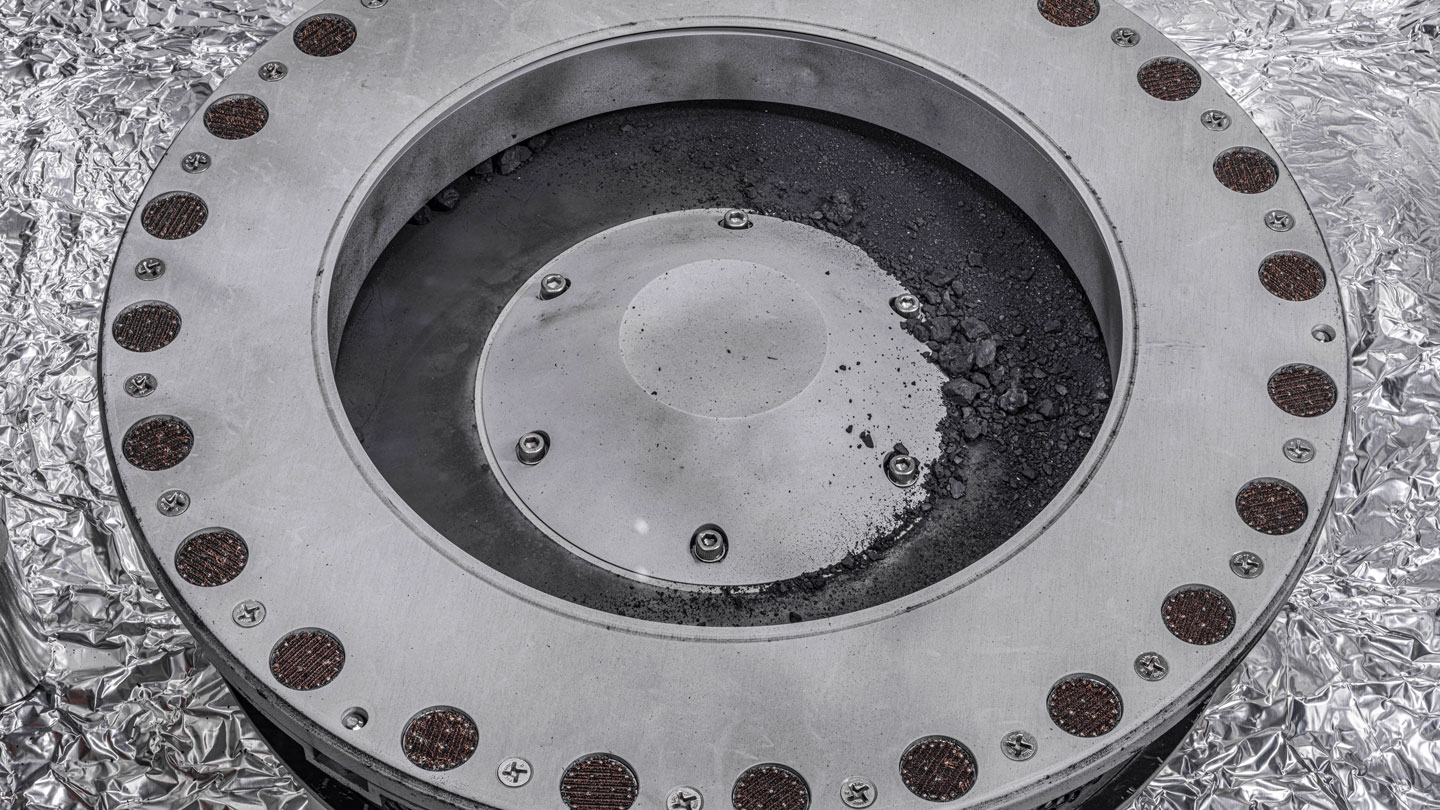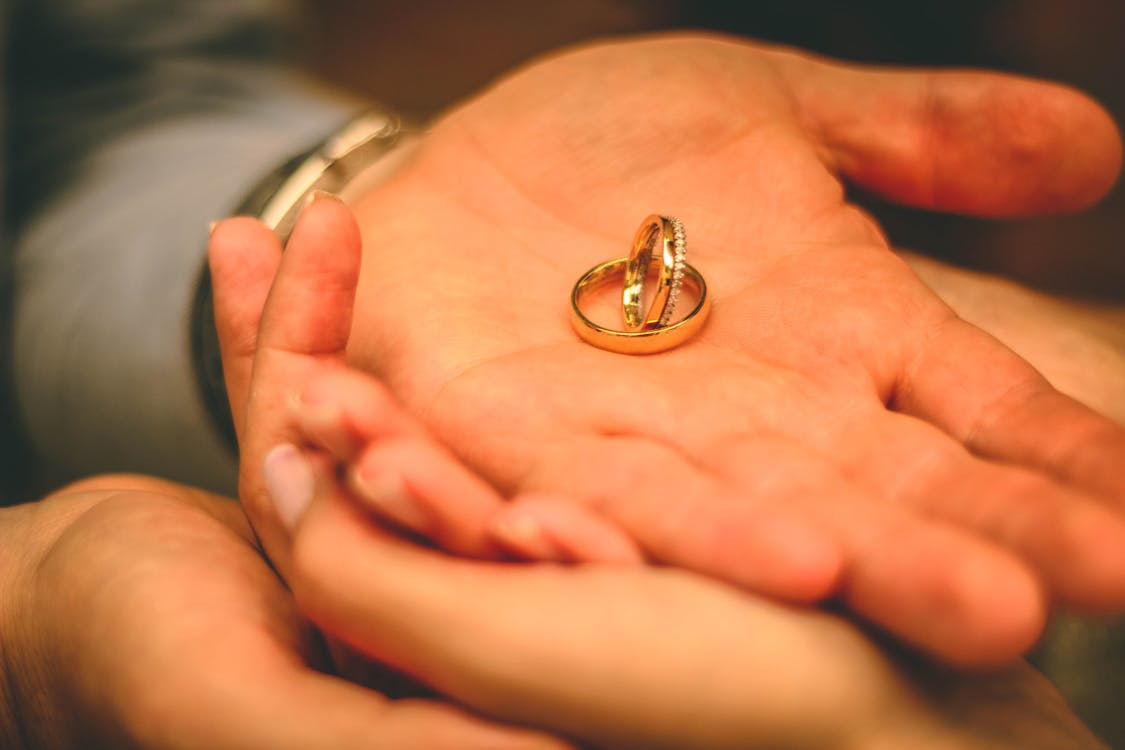To examination for COVID-19, a dog’s nose can match a nose swab

Table of Contents
Two a long time in the past, a number of groups of researchers showed canines could reliably establish the scent of people today who experienced COVID-19. Now just one of individuals teams has absent on to show that canine are each and every little bit as trustworthy as lab assessments at detecting cases of COVID-19. And they are even much better than PCR exams for determining infected individuals who never have signs. A big reward: The canines are significantly less invasive than a swab up the nose. And a lot cuter.
The new review qualified pet dogs to scent sweat samples from 335 folks. These canines sniffed out 97 % of the situations that were found to be COVID-beneficial in PCR checks. And they observed all 31 COVID-19 circumstances among the 192 of the infected individuals who had no symptoms. Researchers shared their results June 1 in PLOS One.
PCR assessments can occasionally go completely wrong. But “the pet does not lie,” states Dominique Grandjean. He’s a veterinarian at the Nationwide College of Veterinary Medicine of Alfort in Maisons-Alfort, France. He also led the new examine and a more compact, pilot examine back in 2020.
In the hottest analyze, the dogs in some cases mistook another respiratory virus for the coronavirus, Grandjean and his colleagues uncovered. But over-all, the canine noses picked up far more COVID-19 scenarios than did antigen exams, like most at-house checks. And some evidence, he states, indicates the pet dogs can decide up symptom-free of charge infections up to 48 hrs prior to individuals examination favourable by PCR.
Canines could aid screen crowds at spots this kind of as airports, schools or concert events, says Grandjean. And the animals may possibly offer friendly alternate options for screening folks who balk at nasal swabs.
Sniff checks
The research involved dogs from French hearth stations and from the Ministry of the Interior of the United Arab Emirates on the Persian Gulf. The researchers educated the animals to detect coronavirus by worthwhile them with toys — ordinarily tennis balls. “It’s playtime for them,” Grandjean suggests. It takes about three to six months to practice a dog to decide on out COVID-19 scenarios from sweat samples. How extensive it will take depends on the dog’s experience at detecting scents.
The puppies then sniffed cones housing samples of sweat that had been collected from the underarms of volunteers. Sweat swabbed off the again of people’s necks labored, as well. Even a whiff of made use of face masks worked perfectly, Grandjean claims.
These success clearly show that odors from any of numerous websites on the entire body can be applied for canine screening, says Kenneth Furton. He is a forensic chemist at Florida International College in Miami.
Even though Furton did not choose portion in the new analyze, he has tested dogs at detecting COVID-19. The new benefits are equivalent to former, more compact research, he notes. Equally present that canine complete as nicely as or even superior than PCR exams for detecting SARS-CoV-2. That is the virus that triggers COVID-19. He and his staff have used canine at faculties and a new music festival. They even did a little trial to monitor airline personnel for COVID-19.
One large gain of canines around other exams is their speed, Furton says. “Even with what we get in touch with a speedy exam, you’re however going to have to hold out tens of minutes or even hours,” he notes. The dog can make a judgment connect with “in a subject of seconds or even fractions of seconds,” he notes.
It’s not distinct precisely what puppies are smelling when they detect COVID-19 or other ailments, says Cynthia Otto. A veterinarian, she functions at the University of Pennsylvania College of Veterinary Medicine in Philadelphia. There she directs the school’s working canine middle. What the puppies decide on up on may well not be a solitary chemical, she suggests. As an alternative, it could be a sample of changes. For instance, they might detect a lot more of sure aromas and significantly less of many others. “It’s not like you could develop an odor fragrance bottle that would be the scent of COVID,” she suspects.
To day, some medical practitioners, researchers and govt officers have been skeptical of the promises that canines can sniff out COVID, Grandjean suggests. He finds this reluctance puzzling. Governments currently use canines to sniff out medicines and explosives. Some are getting tested for detecting other health conditions, these as cancer, he says. “Every time you choose a airplane, it is simply because pet dogs have been sniffing your luggage [and found] no explosives. So you belief them when you just take a plane,” he states, “but you really don’t want to belief them for COVID?”
Men and women may perhaps not think of canines as high-tech the way electronic sensors are. “But pet dogs are a person of the greatest-tech gadgets we have,” Furton claims. “They’re just biological sensors, as a substitute of digital sensors.”
One particular of the even larger disadvantages for pet dogs is that they consider time to prepare. Appropriate now, there aren’t even ample canines skilled to detect explosives, enable by itself health conditions, Otto states. Not just any puppy will do. “Dogs that perform nicely in that lab placing may well not work perfectly in a people location,” she adds. Handlers can also impact the dog’s response and must be in a position to go through the puppy perfectly, she states. “We need to have more superior pet dogs.”






